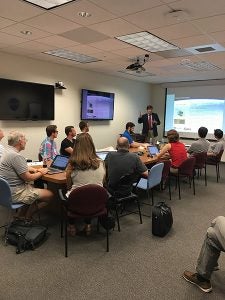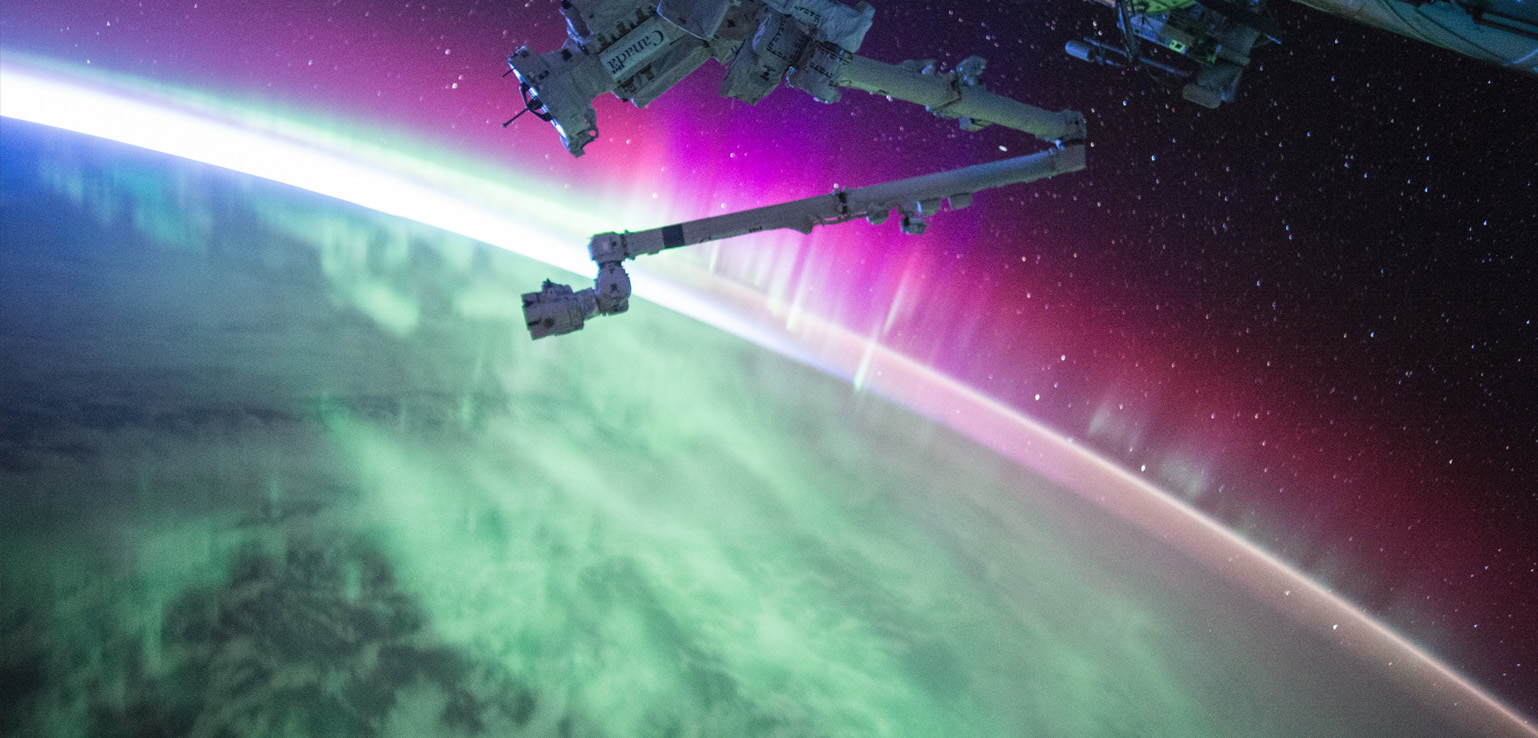 Throughout the fall 2016 academic semester CLASS in partnership with the Florida Space Institute will be holding a seminar speaker series. The series is open to UCF researchers, administrators, and students, NASA-KSC personnel, FSI member institutions and FSI employees. Seminars last 45 minutes with 10 minutes for questions. If you are interested in presenting, wish to recommend someone for a presentation, or would like to be on the mailing list, please contact us.
Throughout the fall 2016 academic semester CLASS in partnership with the Florida Space Institute will be holding a seminar speaker series. The series is open to UCF researchers, administrators, and students, NASA-KSC personnel, FSI member institutions and FSI employees. Seminars last 45 minutes with 10 minutes for questions. If you are interested in presenting, wish to recommend someone for a presentation, or would like to be on the mailing list, please contact us.
On September 28th, 2016, Sven Bilen from Pennsylvania State University gave a presentation entitled “An Overview Of The OSIRIS-3U CubeSat Mission To Investigate Ionospheric Heating”.
Summary
The Orbital System for Investigating the Response of the Ionosphere to Stimulation and Space Weather (OSIRIS-3U) mission will investigate space weather phenomena by providing in situ and remote sensing measurements of the stimulated (heated) ionosphere. Ionospheric heaters, such as the one at Arecibo Observatory, will stimulate the ionosphere to mimic natural ionospheric irregularities at defined locations and times. OSIRIS-3U’s primary objectives are to characterize the spatial extent and internal structure of the heated region.
The satellite is a 3U CubeSat containing: (1) a pulsed Langmuir probe provided by The Pennsylvania State University, (2) the Coherent Electromagnetic Radio Tomography (CERTO) beacon provided by The Naval Research Laboratories, and (3) the Compact Total Electron Content Sensor (CTECTS) in collaboration with The Aerospace Corporation. The OSIRIS-3U mission was selected by The NASA CubeSat Launch Initiative and is being manifested for launch from the ISS in mid-2017.
The presentation can be viewed here.
View Presentation
